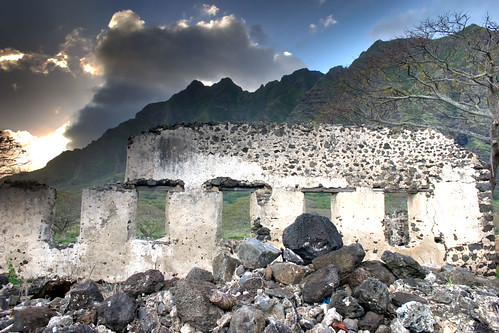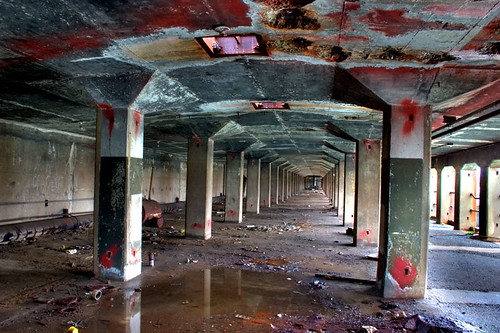The Tower of Babel Built by a Russian Racketeer
 Show on map March 28th, 2007
Show on map March 28th, 2007
By Jonathan H

The 144-foot tall 13-story “log cabin” built by a Russian gangster draws the ire of its neighbors and the awe of geographers. This puppy is half as big as Big Ben! (from the UK Telegraph)
 Arkhangelsk, Russia — It’s 1992. Windows 3.1 ships out to stores nationwide. A meteor hits a family’s car and demolishes it. The European Union is formed… And Nikolai Sutyagin is starting up a fledgling business; a legitimiate business, mind you — with drugs and prostitutes and alcohol galore (he maintains his innocence). While Sutyagin is stacking up his empire brick by brick, he needs a place to house his growing harem. Being as Sutyagin is in the lumber business, he uses what he knows best: Strong, good, Russian wood.
Arkhangelsk, Russia — It’s 1992. Windows 3.1 ships out to stores nationwide. A meteor hits a family’s car and demolishes it. The European Union is formed… And Nikolai Sutyagin is starting up a fledgling business; a legitimiate business, mind you — with drugs and prostitutes and alcohol galore (he maintains his innocence). While Sutyagin is stacking up his empire brick by brick, he needs a place to house his growing harem. Being as Sutyagin is in the lumber business, he uses what he knows best: Strong, good, Russian wood.
Flash forward to 1998. Nikolai finds himself in trouble with the law. An employee at his construction company accuses Nikolai of beating him up and locking him in a shed (I hazard to guess: a wooden shed?) The government locks Nikolai up. Nikolai is released in two years, but to this day, his crumbling, unfinished wooden edifice stands 13 stories tall, waiting to be completed. Ocassionally he gives tours to intrepid tourists and reporters.
Standing near the top of the building, in the bowels of the tower, he looks out into the White Sea. His home is taller than any cement building in the cosmopolitan city of Archangel, Russia. Says Nikolai to the UK Telegraph: “This would have been a great room for making love.” Two floors higher he tells the reporter: “This one would have been even better; look at that view.”







